The Physics of Quantum Mechanics in Renewable Energy
Introduction
Quantum mechanics, the branch of physics that deals with phenomena on a very small scale, such as molecules, atoms, and subatomic particles, has a profound impact on the field of renewable energy. This article delves into the intricate relationship between quantum mechanics and renewable energy, exploring how principles of quantum physics are utilized in harnessing and improving renewable energy sources.

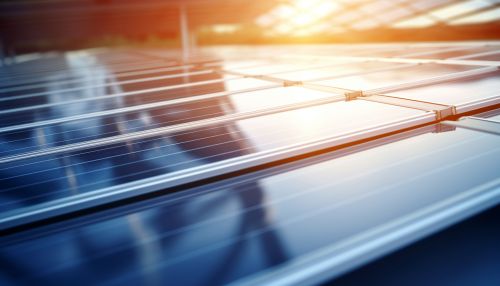
Quantum Mechanics and Solar Energy
One of the most direct applications of quantum mechanics in renewable energy is in photovoltaics, or solar energy. Solar panels work on the principle of the photoelectric effect, a phenomenon in quantum mechanics. When light, composed of particles called photons, hits a material, it can transfer energy to the electrons in that material. This energy can knock the electrons loose, creating an electric current.
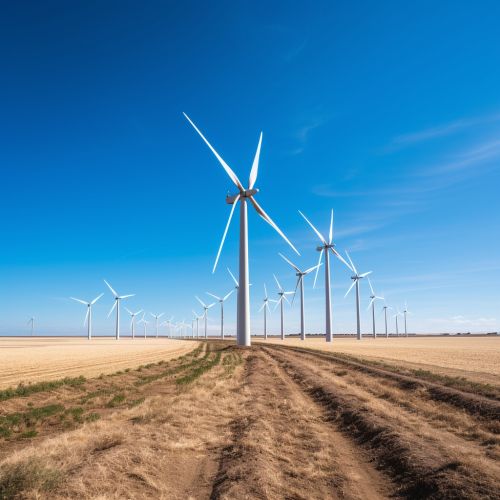
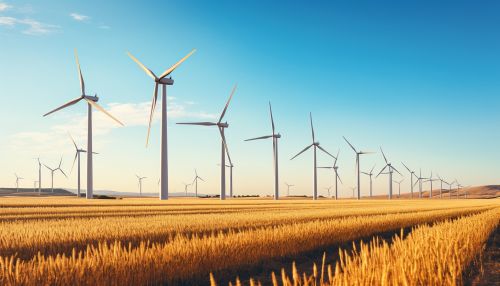
Quantum Mechanics and Wind Energy
Quantum mechanics also plays a role in wind energy. The movement of wind is influenced by the behavior of air molecules, which is governed by quantum mechanics. Furthermore, the design and efficiency of wind turbines can be improved using principles of quantum physics. For instance, the quantum tunneling effect, where particles move through a barrier that they shouldn't be able to according to classical physics, can be used to design more efficient wind turbine blades.


Quantum Mechanics and Hydroelectric Energy
In hydroelectric energy, water's potential energy is converted into electrical energy. While this process may seem purely mechanical, quantum mechanics is at play at the molecular level. The movement and interaction of water molecules, and how they respond to changes in energy, are all phenomena that can be explained by quantum mechanics. Understanding these quantum effects can help in optimizing the efficiency of hydroelectric power plants.


Quantum Mechanics and Geothermal Energy
Geothermal energy, derived from the heat within the Earth, also has connections to quantum mechanics. The heat is generated by the decay of radioactive isotopes, a process governed by quantum mechanics. Moreover, the transfer of this heat from the Earth's core to the surface involves the movement of particles, a process that can be better understood and optimized using principles of quantum physics.


Quantum Mechanics and Bioenergy
Bioenergy, or energy derived from biological sources, also has ties to quantum mechanics. The process of photosynthesis, where plants convert sunlight into chemical energy, is a quantum mechanical process. Understanding the quantum mechanics of photosynthesis can lead to improvements in bioenergy production, such as the development of more efficient biofuels.
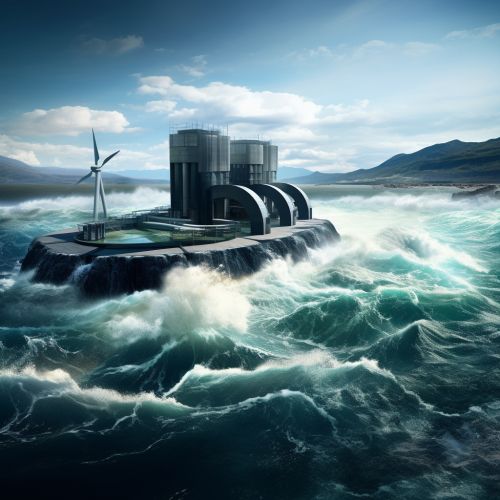
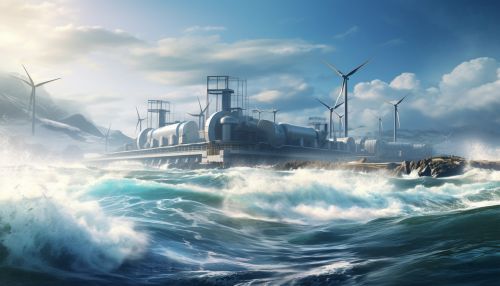
Quantum Mechanics and Tidal Energy
Tidal energy, derived from the gravitational effects of the moon and the sun on Earth's oceans, is another area where quantum mechanics is relevant. The movement of water molecules in response to these gravitational forces, and the transfer of this movement into electrical energy, involves principles of quantum mechanics. Understanding these principles can lead to improvements in tidal energy technology.
Conclusion
Quantum mechanics, though often considered a field of physics far removed from everyday life, has profound implications for renewable energy. From solar panels to wind turbines, from hydroelectric dams to geothermal plants, and from bioenergy crops to tidal power stations, principles of quantum mechanics are at work. Understanding these principles can lead to significant improvements in renewable energy technology, making our energy sources more efficient, more reliable, and more sustainable.
